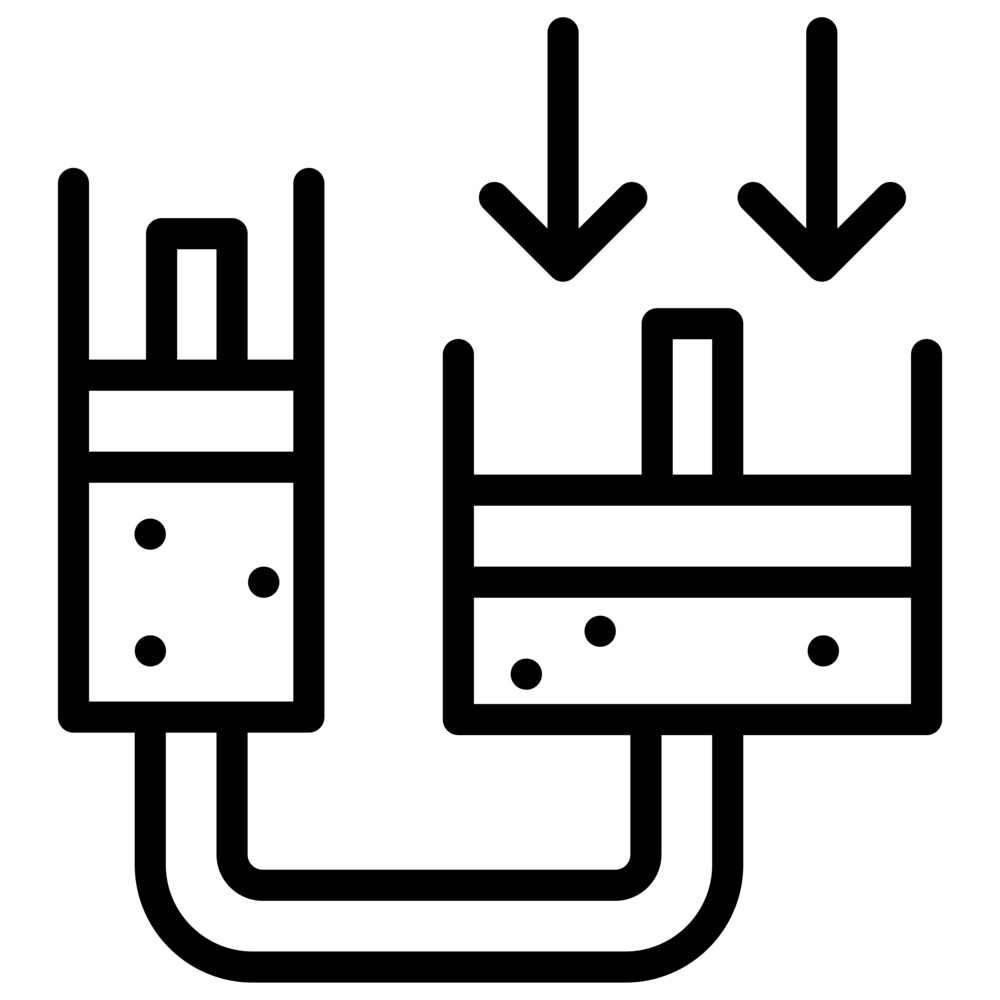
Transmission Fluid for Hydraulic Fluid: The Complete Guide
Discover the critical role of transmission fluid for hydraulic fluid systems, their technical specifications, and best practices for optimal performance and longevity.
Understanding Transmission Fluid for Hydraulic Fluid Systems
Transmission fluid for hydraulic fluid systems is a specialized lubricant designed to transfer power, lubricate components, dissipate heat, and protect hydraulic systems from wear and corrosion. This versatile fluid plays a crucial role in maintaining the efficiency and longevity of hydraulic machinery across various industries.
The importance of selecting the right transmission fluid for hydraulic fluid systems cannot be overstated. These fluids are engineered to withstand extreme pressures, temperatures, and operating conditions while ensuring smooth power transmission and system reliability.
"The proper selection and maintenance of transmission fluid for hydraulic fluid systems can reduce equipment downtime by up to 40% and extend component life by 50% or more."
Modern transmission fluid for hydraulic fluid systems incorporates advanced additive packages that enhance their performance characteristics, including anti-wear protection, oxidation stability, and thermal resistance. These formulations are carefully balanced to meet the specific requirements of different hydraulic systems and operating environments.
As hydraulic technology continues to evolve, so does the development of transmission fluid for hydraulic fluid systems. Manufacturers are constantly innovating to create fluids that offer superior performance, longer service life, and environmental benefits, such as biodegradability and reduced toxicity.
Technical Specifications of Transmission Fluid for Hydraulic Fluid
Viscosity Characteristics
Viscosity is one of the most critical properties of transmission fluid for hydraulic fluid systems. It directly affects the fluid's ability to transfer power, lubricate components, and dissipate heat. The viscosity grade of a fluid is determined by its resistance to flow at a specific temperature, typically measured at 40°C.
| ISO Viscosity Grade | 40°C Viscosity (cSt) | 100°C Viscosity (cSt) | Viscosity Index |
|---|---|---|---|
| VG 32 | 28.8-35.2 | 5.4 | 99 |
| VG 46 | 41.4-50.6 | 6.7 | 98 |
| VG 68 | 61.2-74.8 | 8.6 | 97 |
| VG 100 | 90-110 | 11.1 | 96 |
| VG 150 | 135-165 | 14.8 | 95 |
Table 1: Viscosity characteristics of common ISO VG grades for transmission fluid for hydraulic fluid systems.
Temperature Performance
Transmission fluid for hydraulic fluid systems must perform reliably across a wide range of operating temperatures. The fluid's ability to maintain its viscosity and protective properties under extreme temperature conditions is critical for system efficiency and component longevity.
| ISO Viscosity Grade | Equivalent SAE Grade | Operating Temperature Range | Pour Point (°C) | Flash Point (°C) |
|---|---|---|---|---|
| VG 32 | SAE 20 | -10°C to +90°C | -33 | 210 |
| VG 46 | SAE 30 | 0°C to +100°C | -30 | 220 |
| VG 68 | SAE 40 | +10°C to +120°C | -24 | 226 |
| VG 100 | SAE 50 | +20°C to +130°C | -22 | 240 |
Table 2: Temperature performance characteristics of transmission fluid for hydraulic fluid systems.
Key Performance Properties
Anti-Wear Protection
Transmission fluid for hydraulic fluid systems contains advanced anti-wear additives that form a protective film on metal surfaces, reducing friction and preventing wear in high-pressure components like pumps and valves.
Oxidation Stability
High-quality transmission fluid for hydraulic fluid systems resists oxidation and thermal degradation, even at elevated temperatures, extending fluid life and preventing the formation of harmful deposits.
Rust and Corrosion Protection
Specialized additives in transmission fluid for hydraulic fluid systems protect metal components from rust and corrosion, even in the presence of moisture or contaminants.
Foam Control
Anti-foaming agents in transmission fluid for hydraulic fluid systems prevent the formation of foam, which can reduce system efficiency, cause cavitation, and lead to component damage.
Water Separation
Transmission fluid for hydraulic fluid systems is formulated to separate quickly from water, preventing emulsion formation and maintaining performance even in wet operating environments.
Seal Compatibility
Transmission fluid for hydraulic fluid systems is designed to be compatible with common seal materials, preventing swelling, hardening, or degradation that could lead to leaks.
Performance Comparison
Mineral-Based Fluids
Cost-effective and widely available, mineral-based transmission fluid for hydraulic fluid systems offers good lubrication properties but may have limitations in extreme temperature conditions.
Synthetic Fluids
Synthetic transmission fluid for hydraulic fluid systems provides superior performance in extreme temperatures, excellent oxidation stability, and extended service life, making them ideal for demanding applications.
Biodegradable Fluids
Environmentally friendly transmission fluid for hydraulic fluid systems that break down naturally, making them suitable for applications where environmental impact is a concern.
Applications of Transmission Fluid for Hydraulic Fluid
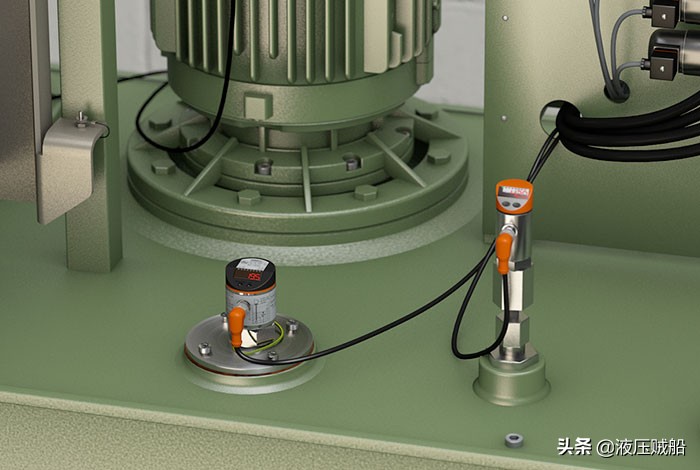
Industrial Machinery
Transmission fluid for hydraulic fluid systems is widely used in industrial machinery such as hydraulic presses, injection molding machines, and machine tools. These applications require fluids that can withstand high pressures and provide reliable lubrication for extended periods.
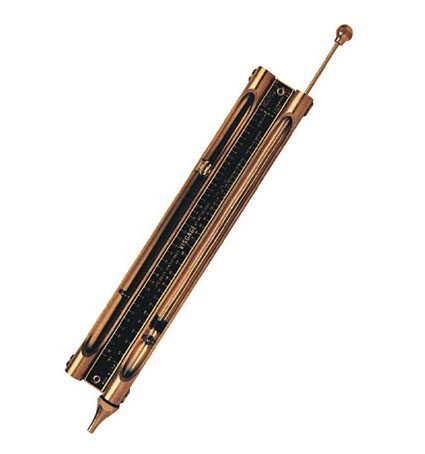
Mobile Equipment
Construction, agricultural, and mining equipment rely heavily on transmission fluid for hydraulic fluid systems. These applications demand fluids that can perform in varying temperatures and harsh environments while protecting critical components.
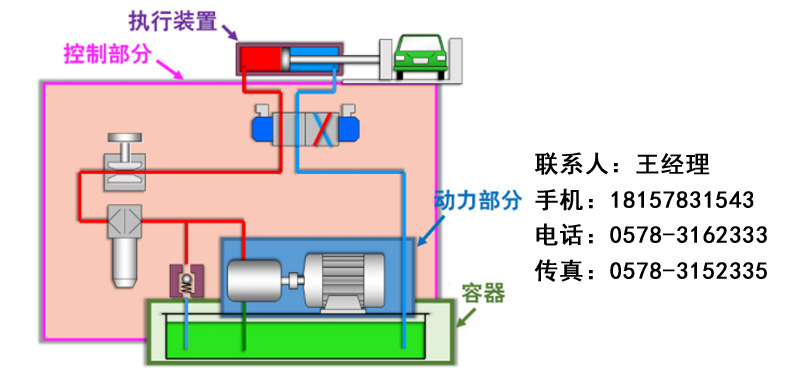
Aerospace and Defense
The aerospace and defense industries require specialized transmission fluid for hydraulic fluid systems that can perform under extreme conditions, including wide temperature variations and high altitudes.
Industry-Specific Requirements
High-Temperature Applications
In industries such as steel manufacturing and glass production, transmission fluid for hydraulic fluid systems must withstand continuous high temperatures. These fluids are formulated with high viscosity indices and excellent thermal stability to prevent oxidation and maintain performance.
For example, in steel mills, transmission fluid for hydraulic fluid systems used in hot rolling mills must operate at temperatures exceeding 100°C while maintaining their lubricating properties and protecting components from wear.
Low-Temperature Applications
In cold climates or applications involving refrigeration, transmission fluid for hydraulic fluid systems must maintain fluidity at extremely low temperatures. These fluids have low pour points and excellent low-temperature viscosity characteristics.
Arctic construction equipment, for instance, relies on specialized transmission fluid for hydraulic fluid systems that can operate at temperatures as low as -40°C without thickening excessively or losing their ability to transfer power.
Authority Literature Reference
"Hydraulic fluids are the most widely consumed of all industrial lubricants. This book covers a broad range of issues that are important to engineers concerned with the selection, application, and maintenance of hydraulic fluids used in industrial machinery."
"The author provides a comprehensive and ready reference to various hydraulic fluid properties, such as biodegradability and fire resistance, as well as relevant hydraulic fluid test procedures. Also discussed are re-refining, reclamation, and disposal issues pertaining to used hydraulic fluids."
Source: Peter Hodges, "Hydraulic Fluids: A Guide to Selection, Test Methods, and Use," 1st Edition, Butterworth-Heinemann, 1996. ISBN: 9780340676523
Available at: http://www.shurl.cc/d2dc3baf4d7cdb14dc3e1159a318c3ec
This authoritative reference provides valuable insights into the selection and application of transmission fluid for hydraulic fluid systems across various industries. It emphasizes the importance of matching fluid properties to specific operating conditions to ensure optimal performance and equipment longevity.
Maintenance and Troubleshooting of Transmission Fluid for Hydraulic Fluid Systems
Maintenance Best Practices
-
Regular Fluid Analysis: Perform periodic analysis of transmission fluid for hydraulic fluid systems to monitor contamination levels, oxidation, and additive depletion.
-
Filter Maintenance: Replace filters according to manufacturer recommendations to prevent contamination of transmission fluid for hydraulic fluid systems.
-
Proper Storage: Store transmission fluid for hydraulic fluid systems in clean, sealed containers away from moisture and contaminants.
-
System Cleaning: Thoroughly clean hydraulic systems before refilling with new transmission fluid for hydraulic fluid systems.
-
Temperature Control: Maintain operating temperatures within recommended ranges to prevent premature degradation of transmission fluid for hydraulic fluid systems.
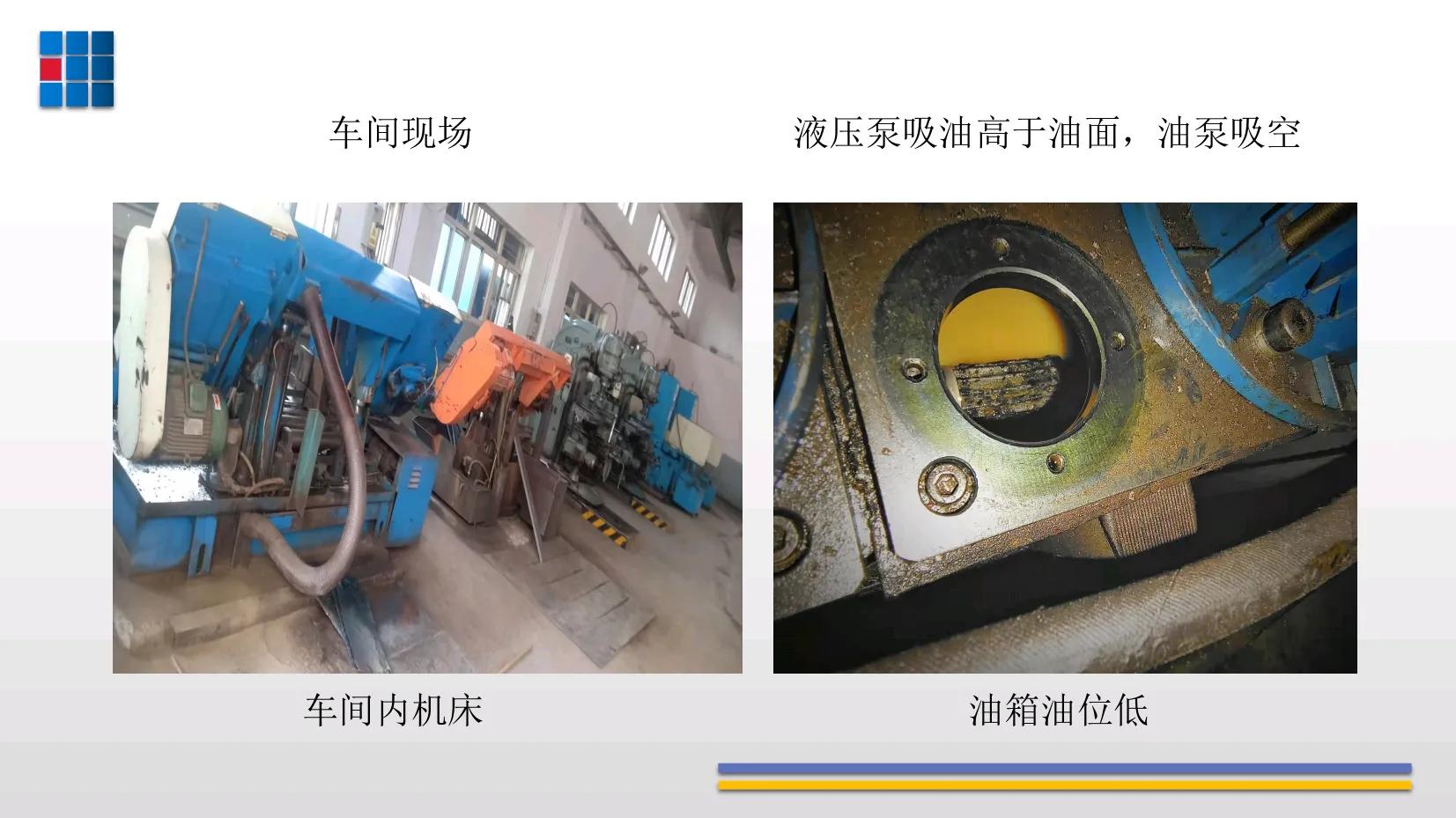
Common Issues and Solutions
Fluid Contamination
Problem: Contaminants such as dirt, water, and metal particles can enter transmission fluid for hydraulic fluid systems, causing wear and component failure.
Solution: Implement effective filtration, regular fluid analysis, and proper system maintenance to prevent contamination of transmission fluid for hydraulic fluid systems.
Fluid Oxidation
Problem: High operating temperatures can cause transmission fluid for hydraulic fluid systems to oxidize, forming sludge and varnish deposits.
Solution: Use high-quality fluids with excellent oxidation stability, maintain proper operating temperatures, and follow recommended fluid change intervals.
Viscosity Changes
Problem: Transmission fluid for hydraulic fluid systems may experience viscosity changes due to temperature variations or fluid degradation.
Solution: Select fluids with appropriate viscosity grades for operating conditions and monitor viscosity through regular fluid analysis.
Foaming
Problem: Foaming in transmission fluid for hydraulic fluid systems can reduce system efficiency and cause cavitation damage.
Solution: Use fluids with effective anti-foaming additives, ensure proper system design to prevent air entry, and maintain correct fluid levels.
Seal Leaks
Problem: Leaks can occur if transmission fluid for hydraulic fluid systems is incompatible with seal materials or if seals degrade over time.
Solution: Select fluids compatible with system seals, inspect seals regularly, and replace them at the first sign of wear or damage.
Frequently Asked Questions (FAQ)
What is the difference between transmission fluid and hydraulic fluid?
While both transmission fluid and hydraulic fluid are used in fluid power systems, they are formulated differently. Transmission fluid for hydraulic fluid systems is designed to handle the specific demands of hydraulic systems, including power transmission, lubrication, and heat dissipation. Transmission fluid, on the other hand, is specifically formulated for use in automatic transmissions, where it must provide friction control for clutch operation in addition to lubrication and heat transfer.
Can I use transmission fluid in a hydraulic system?
In general, it is not recommended to use transmission fluid in a hydraulic system unless specifically approved by the equipment manufacturer. While some transmission fluids may have similar viscosity characteristics to hydraulic fluids, they lack the specialized additive packages required for hydraulic system performance, such as anti-wear additives and oxidation inhibitors. Using the wrong fluid can lead to premature component wear, reduced system efficiency, and potential system failure. Always consult your equipment manual for the recommended fluid type.
How often should I change my hydraulic transmission fluid?
The recommended interval for changing transmission fluid for hydraulic fluid systems varies depending on the equipment, operating conditions, and fluid type. Generally, manufacturers recommend fluid changes every 1,000 to 5,000 operating hours. However, in severe operating conditions such as high temperatures, heavy loads, or dirty environments, more frequent changes may be necessary. Regular fluid analysis is the best way to determine when transmission fluid for hydraulic fluid systems needs to be changed, as it can detect contamination, oxidation, and additive depletion before they cause system damage.
What are the signs that my hydraulic transmission fluid needs to be changed?
Several signs indicate that transmission fluid for hydraulic fluid systems may need to be changed, including:
- Discoloration (fluid appears dark brown or black instead of its original amber color)
- Foul odor indicating oxidation or contamination
- Reduced system performance or response
- Increased operating temperatures
- Visible contamination (particles, water, or sludge)
- Increased noise or vibration during operation
If you notice any of these signs, it is recommended to perform a fluid analysis and consider changing the transmission fluid for hydraulic fluid systems.
How do I properly dispose of used hydraulic transmission fluid?
Used transmission fluid for hydraulic fluid systems should be disposed of properly to protect the environment and comply with local regulations. Most used hydraulic fluids can be recycled or re-refined, which not only prevents environmental contamination but also conserves resources. Contact your local waste management authority or a licensed recycling facility for guidance on proper disposal methods in your area. Never dispose of used transmission fluid for hydraulic fluid systems in drains, sewers, or the environment.
Technical Terms and Definitions
Viscosity
A measure of a fluid's resistance to flow. For transmission fluid for hydraulic fluid systems, viscosity is critical as it affects the fluid's ability to transfer power, lubricate components, and dissipate heat.
Viscosity Index (VI)
A measure of how much a fluid's viscosity changes with temperature. Higher VI values indicate that the fluid's viscosity is more stable across temperature variations, which is important for transmission fluid for hydraulic fluid systems operating in varying conditions.
Anti-Wear Additives
Chemical compounds added to transmission fluid for hydraulic fluid systems to form a protective film on metal surfaces, reducing friction and preventing wear in high-pressure components like pumps and valves.
Oxidation Stability
The ability of transmission fluid for hydraulic fluid systems to resist chemical breakdown when exposed to oxygen and high temperatures. Fluids with good oxidation stability have longer service lives and maintain their performance characteristics over time.
Pour Point
The lowest temperature at which transmission fluid for hydraulic fluid systems will still flow. This property is important for fluids used in cold environments, as it determines the fluid's ability to start and operate at low temperatures.
Flash Point
The lowest temperature at which transmission fluid for hydraulic fluid systems will produce enough vapor to ignite when exposed to an ignition source. This property is important for safety, particularly in high-temperature applications.
Demulsibility
The ability of transmission fluid for hydraulic fluid systems to separate from water. Good demulsibility is important in applications where water contamination is possible, as it allows water to be easily removed from the system.
Air Release
The ability of transmission fluid for hydraulic fluid systems to release entrained air. Poor air release can lead to cavitation, reduced system efficiency, and increased component wear.
Shear Stability
The ability of transmission fluid for hydraulic fluid systems to maintain its viscosity when subjected to mechanical shear forces. Fluids with good shear stability are less likely to experience viscosity loss in high-shear applications like hydraulic pumps.
Ready to Optimize Your Hydraulic System?
Discover how the right transmission fluid for hydraulic fluid systems can improve your equipment performance, reduce downtime, and extend component life.
Learn more